In Grade 4, we learned about some small wild animals and the damages they cause to crops and domestic animals.
What are some of the damages caused by small wild animals to crops and domestic animals?
Reducing damages caused by wild animals
Damages caused by wild animals can be reduced without killing the animals.
Activity 1
Sharing experiences on measures that people in the community take to live better with wild animals.
Let us Find Out
Working in groups
Find out ways people in the community used to live better with wild animals.
Look at the following pictures and say how wild animals are kept away.
A.
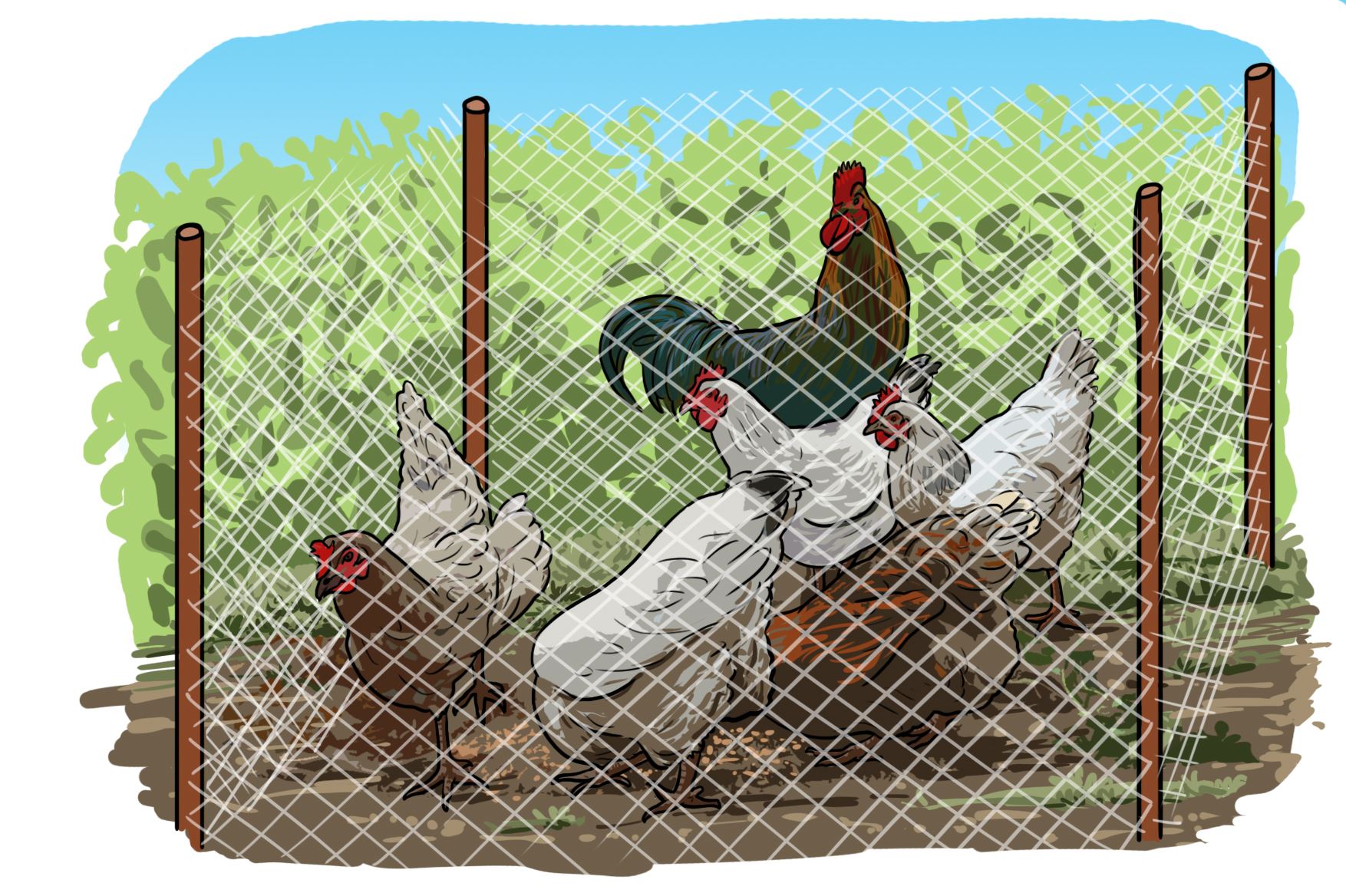
B.
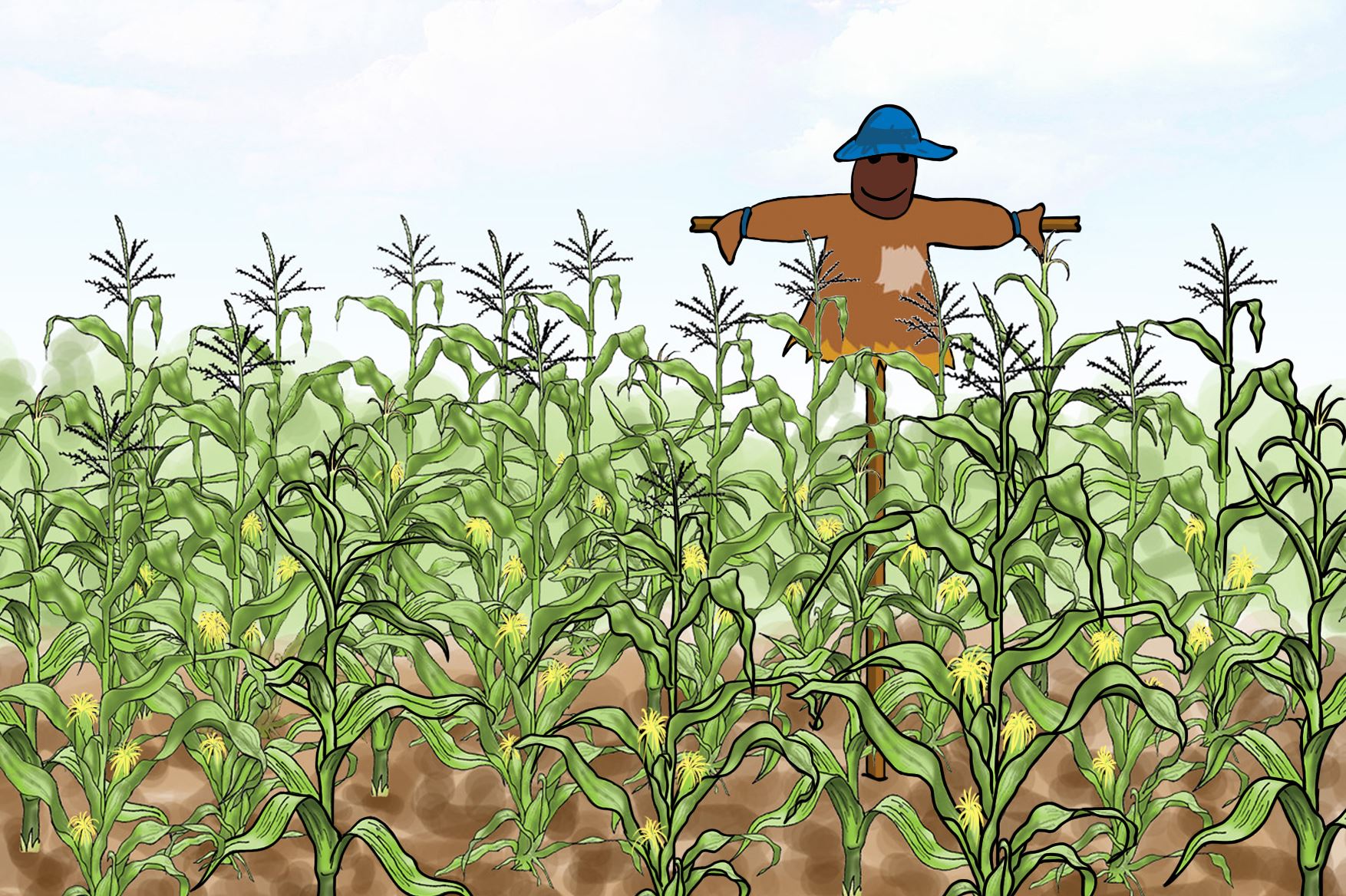
C.

D.

- How can we control wild animals without killing them?
- Find out whether there are other methods to control the wild animals.
- Share your experiences with the other groups.
Let us understand
- Barriers such as fences can be used to prevent animals from causing damages to crops and domestic animals.
- When animals are trapped, they should be released gently and safefly.
Methods of controlling wild animals
Activity 2
Watching a video clip or listening to a resource person on methods of controlling wild animals.
Let us Find Out
Search and watch a video clip or listen to a resource person on methods of controlling wild animals.
- Which methods of controlling wild animals have you seen in the clip or told by the resource person?
- How do the methods you have learnt control the wild animals?
- How can we use these methods to live better with wild animals without killing them?
Share with the others your experiences.
Let us understand
- Wild animals can be prevented from entering an area by fencing.
- Scaring devices cause fear to the wild animals.
- Destroying their hiding places make the wild animals move away.
Some small wild animals are controlled to prevent them from causing damage to crops and domestic animals.
Activity 3
Controlling small wild animals using various methods.
Let us practice
Look at the following pictures. Name the methods of controlling small wild animals shown in a, b, c and d.
A.

B.
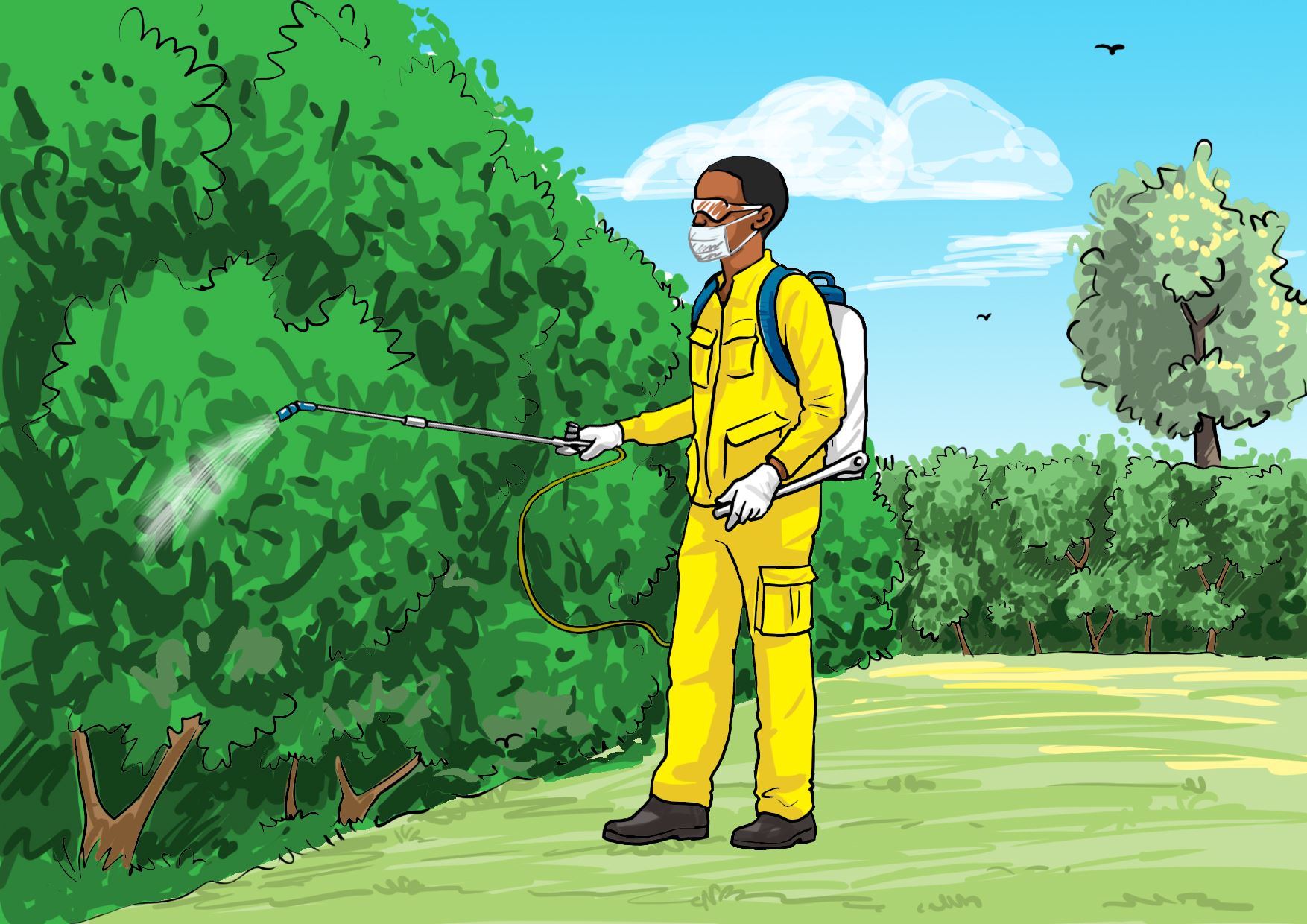
C.
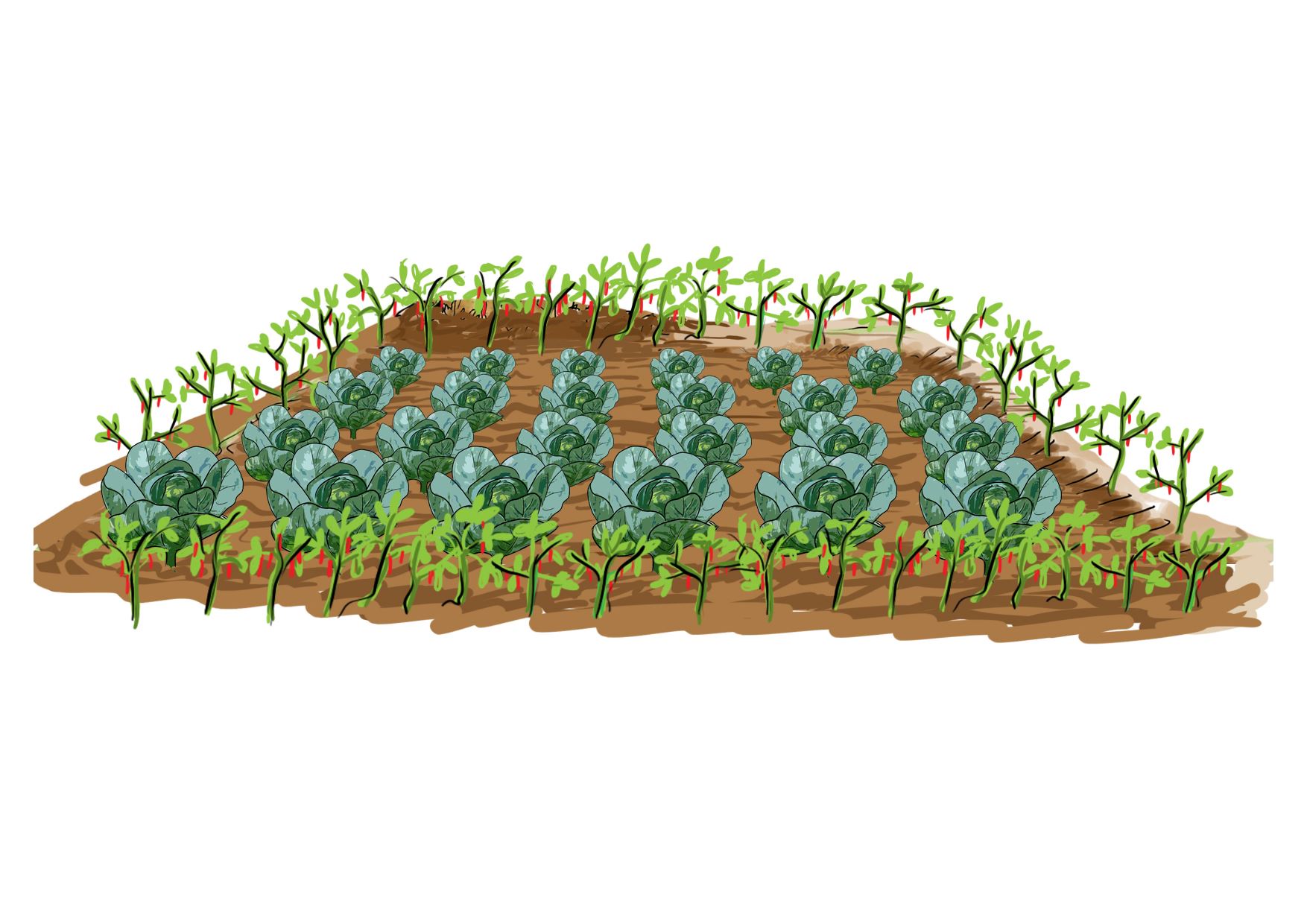
D.
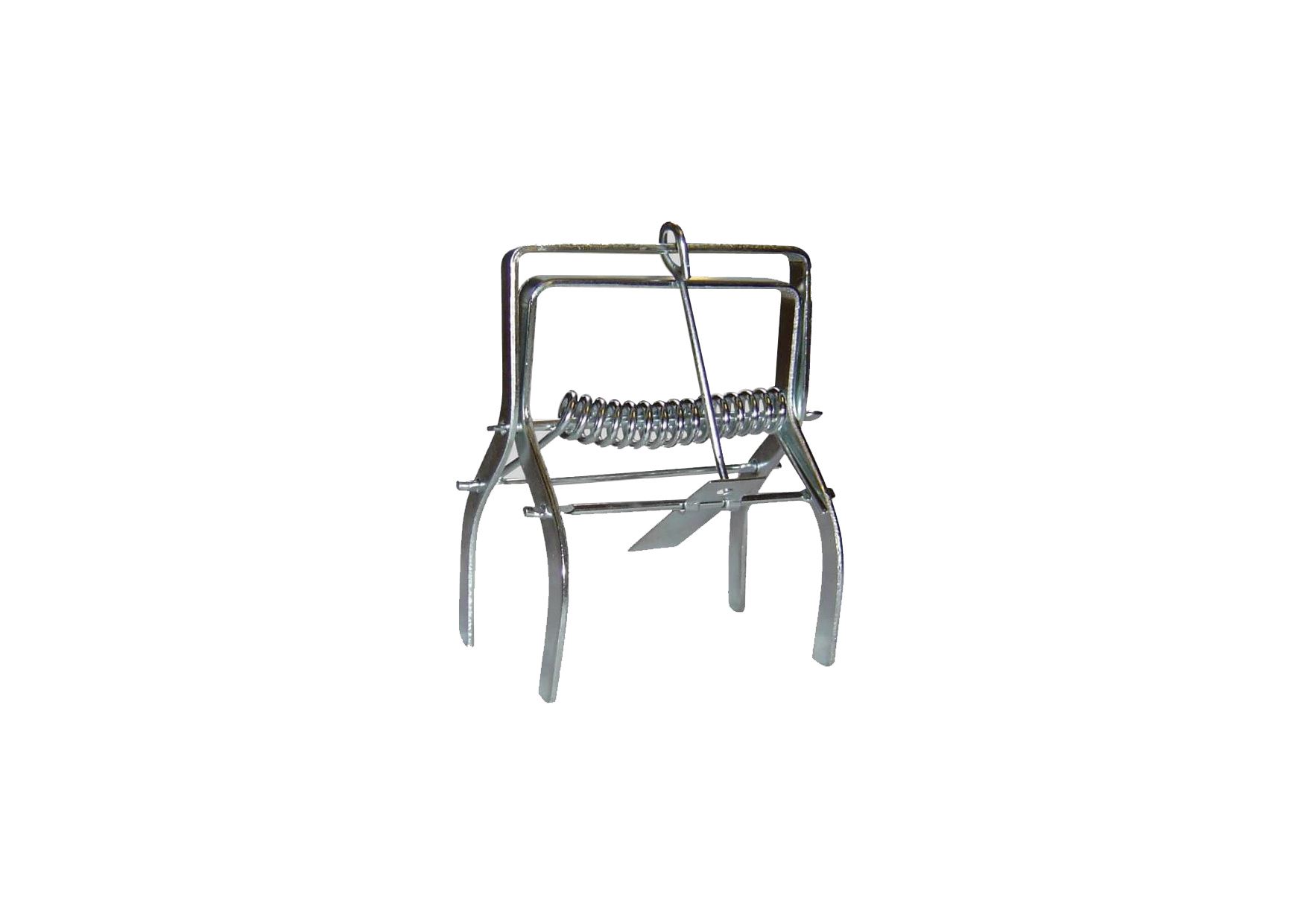
In groups, select one of the methods in the pictures and discuss how effective it is in controlling small wild animals.
Share your experiences with the other groups.
Let us understand
- Some small wild animals, for example, monkeys, squirrels, porcupines and birds damage crops.
- Other small wild animals, for example, mongoose kill and eat small domestic animals such as chicken.
- Small wild animals can be controlled using repellants such as old engine oil.
- We can also plant repellant crops, for example, chilli plants around the crop field.
- Loud sound can be used to scare small wild animals.
- Wild animals can also be controlled by using traps.
Importance of wild animals
Activity 4
Watching a video clip or listening to a resource person about the importance of living better with wild animals.
Let us Find Out
- What are the benefits of wild animals to people in the community?
- Why should we live better with wild animals?
Share your experiences with each other. - Look at the following photographs and answer the question that follows.
A.
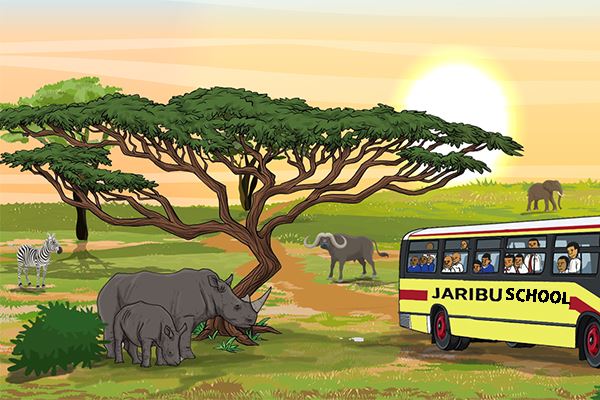
B.

Why should we protect wild animals?
Let us understand
- Tourists both local and international love to see the wild animals.
This earns the country income. - The beauty of watching wild animals in their natural environment gives a relaxing feeling.
- People get jobs in caring for the wild animals.
Safe handling of wild animals
Wild animals should be handled with care to avoid contracting animal diseases and injuries. Any handling should be done by an adult person.
Activity 5
Watching a video clip on how to safely handle wild animals to avoid contracting animal diseases and injuries.
Let us watch
Watch a video clip on how to stay safe from wild animals to avoid dangers of contracting wild animal diseases and injuries.
- How can people avoid contracting diseases from wild animals?
- What other danger can people get when handling wild animals?
- How can we prevent domestic animals contracting diseases from wild animals?
Share your experiences with others.
Let us understand
- Wild animals are watched from a safe distance to avoid contact.
- Avoid handling any wild animal.
- Avoid scratches and bites from wild animals.
- You should invite a wildlife officer to safely release any trapped wild animals.
Exercise
Do the following exercise.
- List four methods of controlling small wild animals.
- Give reasons why trapped wild animals should be released without killing them.
- Which measures can the community take to live better with wild animals?